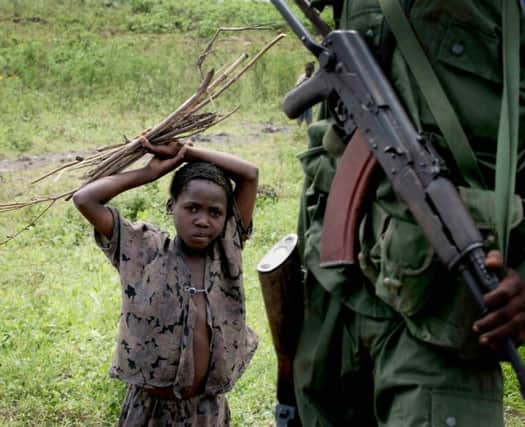Child blast war victim manual set for preview at global conflict conference


Dr Emily Mayhew, who leads the Paediatric Blast Injury Partnership between Imperial College London and Save the Children, will address an audience of medics from across the world in a section on the Battle of Mosul, which took place against Isis in northern Iraq during 2016-17. Founded a year ago, the partnership has developed a field manual, available early next year, that deals with the entire continuum of blast casualty care for children in conflict zones, from pre-hospital emergency response, to rehabilitation and psycho-social support for children and their carers.
Dr Mayhew, told The Scotsman, how the highly technical manual will help medics who are used to dealing with adults provide better care for children who often face having a limb amputated after a blast.
Advertisement
Hide AdAdvertisement
Hide AdShe said: “Save the Children were doing a campaign about the effects of explosive weapons on children. I met them and asked what was happening about the science and the medicine. This led to Imperial partnering with them to give them the scientific detail of just what does happen to a child when they are affected by explosive weapons.
“As part of that we realised, that although we’ve got lots of information about treating blast injury in adults we don’t have any that is child specific.
“That’s an issue because, all paediatricians tell me that children aren’t little adults they’re little human beings, different from adults. They’ve got different bones, physiologies, anatomies, skeletal structures and different psychological resilience, so when they are affected by explosive weapons there are things that you have to do that are specifically designed to provide treatment for children. That’s what the manual is for.”
She added: “When you have a traumatic amputation with an adult the bone tends to be blown apart more cleanly. Children’s bones are more flexible, they bend a lot but don’t break. If you’re going to be doing an amputation on a child who’s lost a limb, then the bone end that you would be used to amputating on an adult will look very different on a child.”
Dr Mayhew said the manual will help and support medics left traumatised by having to deal with five or six badly injured children at one time.
The World Extreme Medicine Conference is on at Dynamic Earth in Edinburgh until tomorrow.